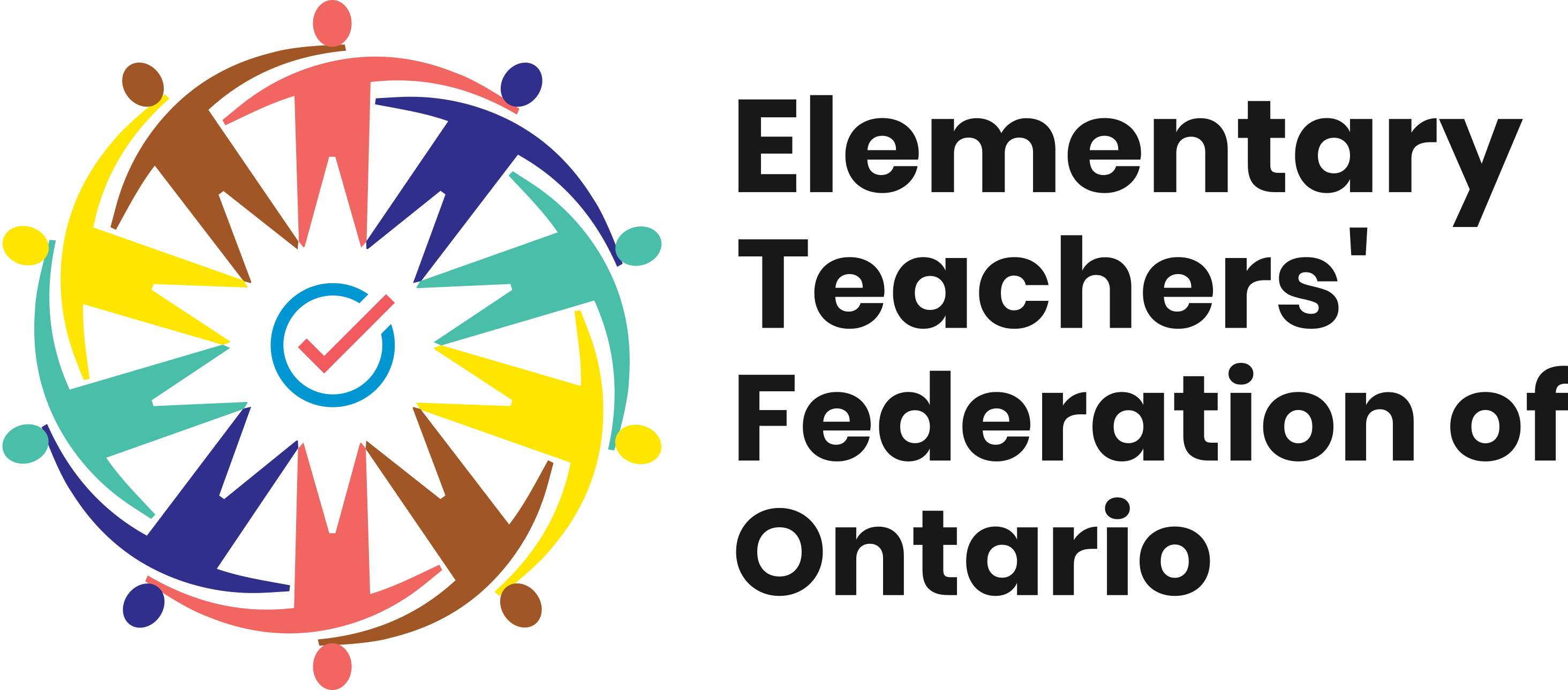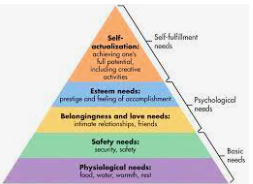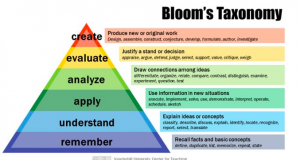I love walking around and peeking into classrooms – especially at my own school. As a SERT, it does not seem as weird when I show up unannounced in the middle of a lesson or work time since I am always in and out over the course of a day. In the spirit of transparency, my curiosity has found me marveling in rooms at other schools too. There is so much to see each time the opportunity presents itself. Long before ever becoming an educator, I was wont to wander off the tour when given the chance – still do. Now that I am, it would be great if we all had more time to visit each other’s amazing learning environments.
Each of my visits offer informative insights into these incredibly and creatively constructed spaces. I’ve even made some friends along the way as a happy coincidence when my curiosity leads to conversations after compliments. I think every educator wants to check out what is going on in other classrooms, but we are given little opportunity to do so while siloed in our own schools. Wouldn’t it be fun to swap places with a teacher of the same grade for a week to experience what they do and vice versa?
Admittedly, that wonder and awe comes with a hint of professional jealousy as well. I think of the time, effort, thought, and sweat it takes to make learning come alive within them. It is a gift to work among so many talented and caring educators. Each trip to another educator’s classroom is guaranteed to give me a boost of energy and inspiration. Now imagine what would happen if we all had the time outside of our own walls?
This has occured to some small extent during family of schools events or one-off PD sessions that happen occasionally. I always love it when another educator visits my classroom. It is validation. It definitely keeps me on my toes and, like watching a movie with your own children, you notice things that you might not sans visitor(s).
I know that when folx come by my room, they do so with an open invitation to my classroom. Over the years I have welcomed delegations from Brazil, Denmark, and Sri Lanka. Not to mention system admin types from time to time. I always wonder what they must feel like to be back in the classroom? What do they remember from “their days” pacing the rows and teaching. What did it look like? What did it sound like?
For me, their is this constant soundtrack playing in the classroom. Each day it constructs itself out of the rythym and melody of which we all play our part.
Now, I bet you thought it was something like a cross between Brazilian Thrash Metal, Opera, and Worldbeat and it kind of is however the beautiful noise that gets made is more of a melodic cacophony to accompany the magic that happens wherever and whenever students are being taught. If you listen close enough, you here the soundtrack that accompanies a live rocket launch or cornerstone being laid. It could come in the form of a question or a response and the a “Wait! No, I meant…” followed by an answer and mini-exhale. It could sound like 26 pistons each firing perfectly to accomplish a task or like the timed pops of fireworks at 10 pm on a summer holiday (all safety precautions observed, of course). These are the sounds that reverberate off of pastel painted cinderblock walls.
Sure I could put on some Lo-Fi Hip Hop or share my Productivity Workflow playlist from Spotify, but they could never compare to the intersection of lives and learning going on each day.
Like our students, the sounds we hear in class have their own rhythms. Believe it or not, there is such a thing as productive noise. It can be unnerving to new teachers who enter the classroom still holding on to their own experiences as learners, but now nearly a decade past those carefree days from K to 8. At risk is losing the energy in a room when order is the only expectation. Teachers each need to work out and manage their “acceptable noise” levels with students. We must also be willing to renegotiate these terms from time to time. Setting routines and irreducible minimum expectations starts in September, but must be consistent from then to June.
This might require a few changes to be achieved. With the sun burning brightly and birds chirping, the energy/noise levels in classrooms seem to be set to 11 out of 10. As such, a little more outside and movement time built into the day has helped. I am also adding in more time to productively self-direct or collaborate. My recent art classes saw us touring the school and then partnering up to co-create something. Through all of this, the room was filled with creative conversation with only a few moments of chaos.
I wonder whether someone else would hear it that way if they visited? I guess there is only one way to find out.



